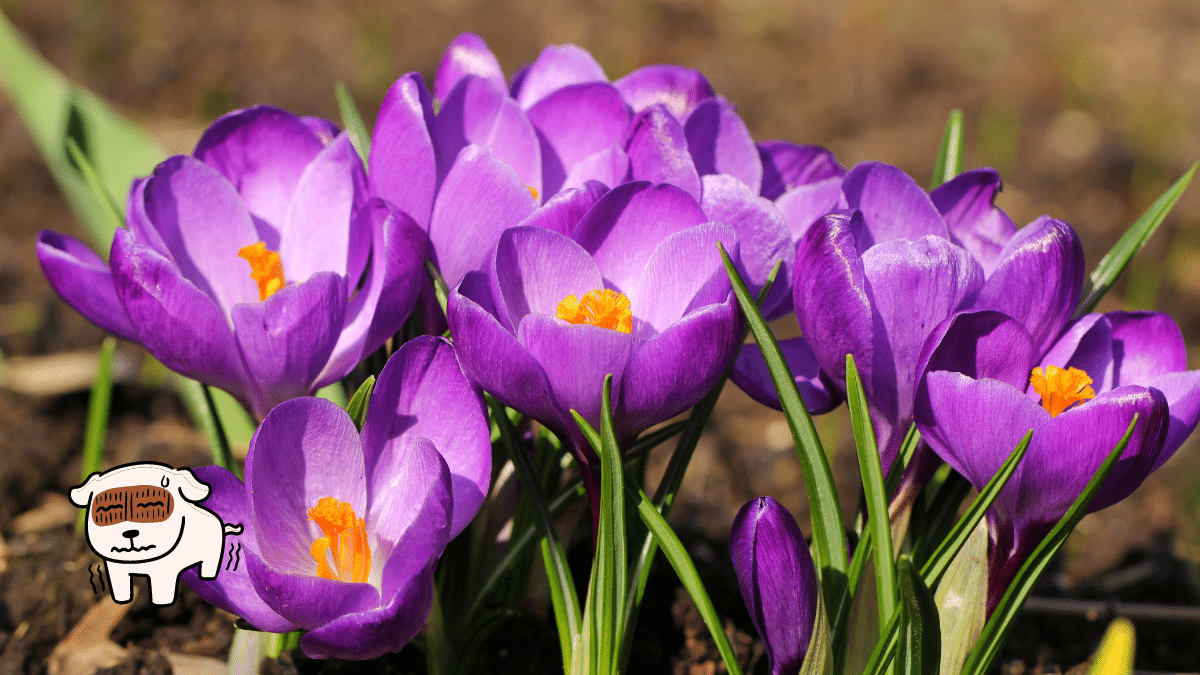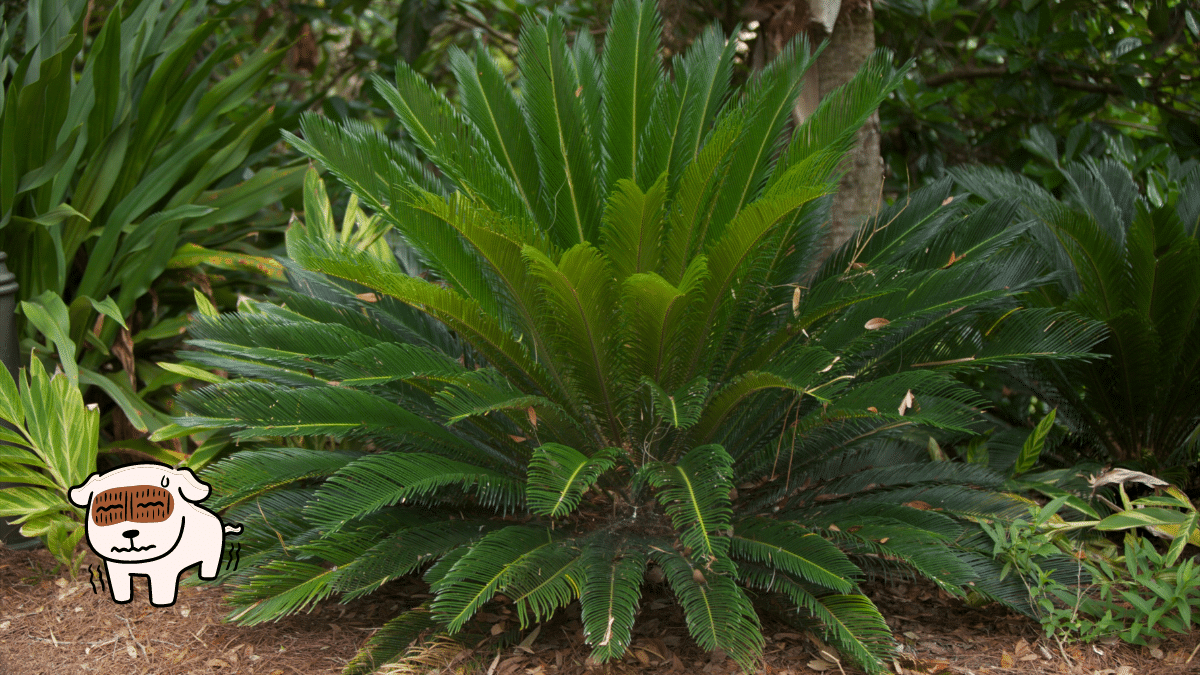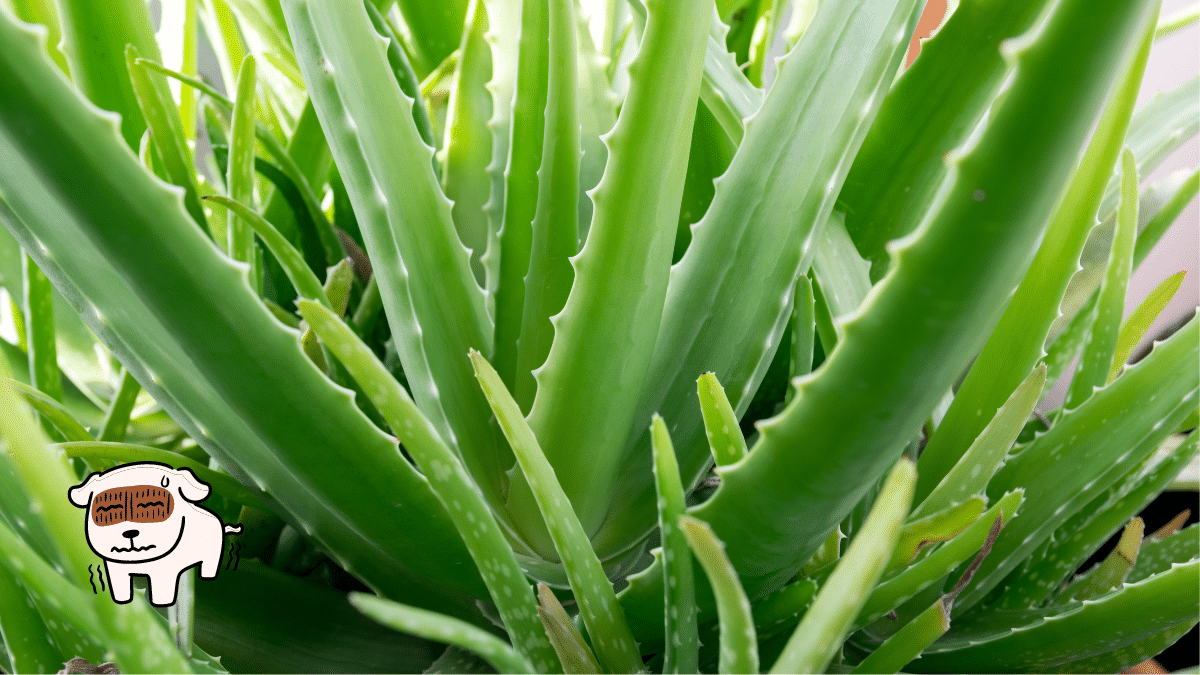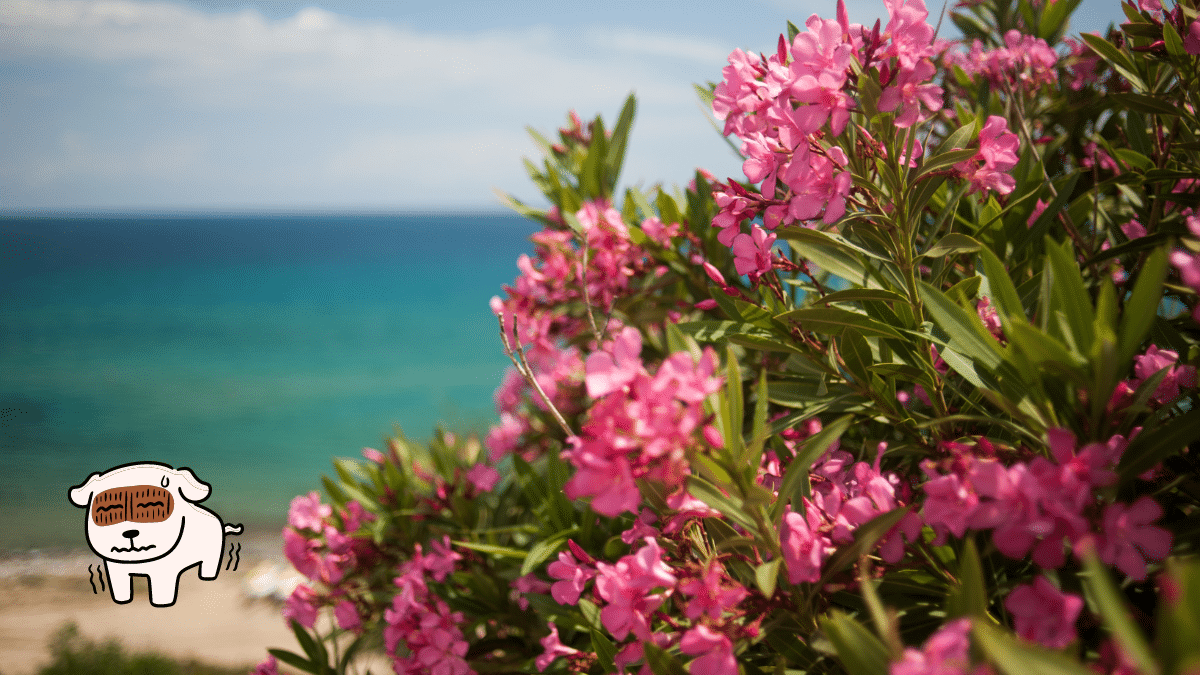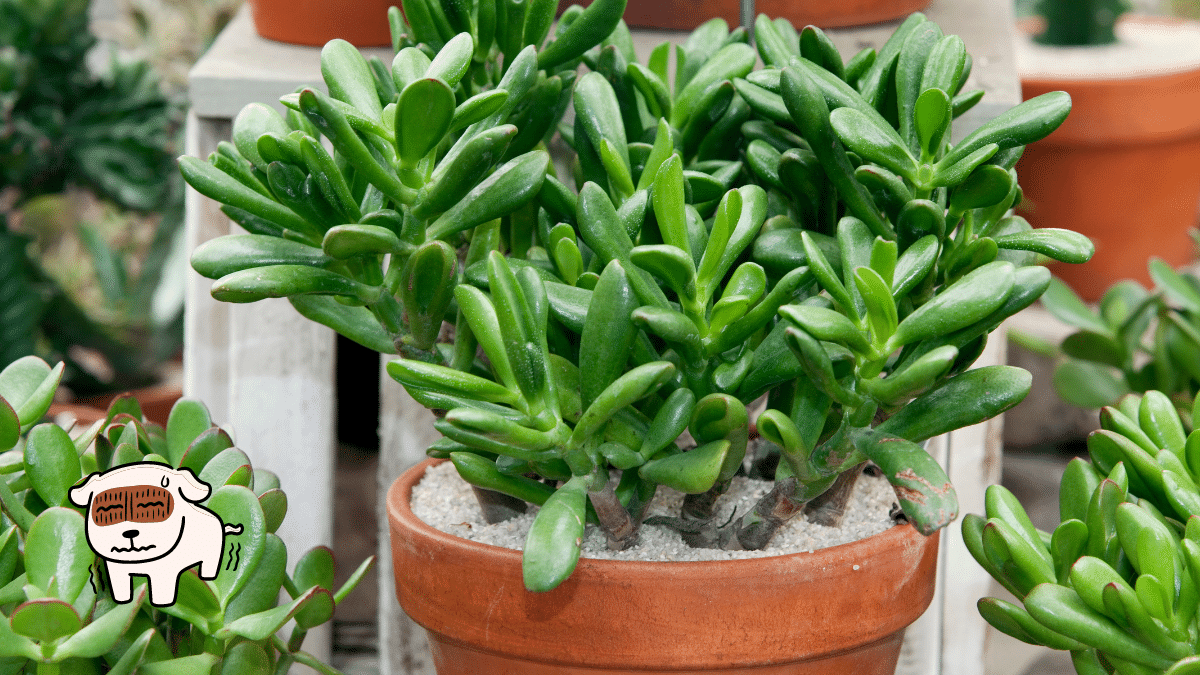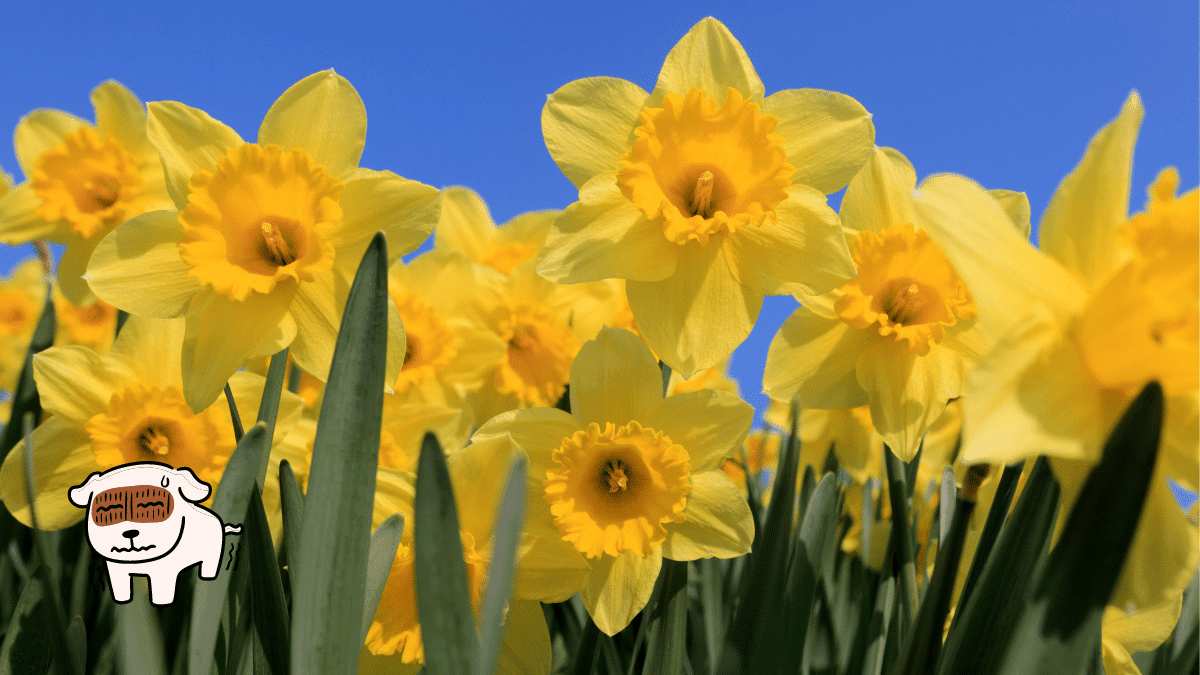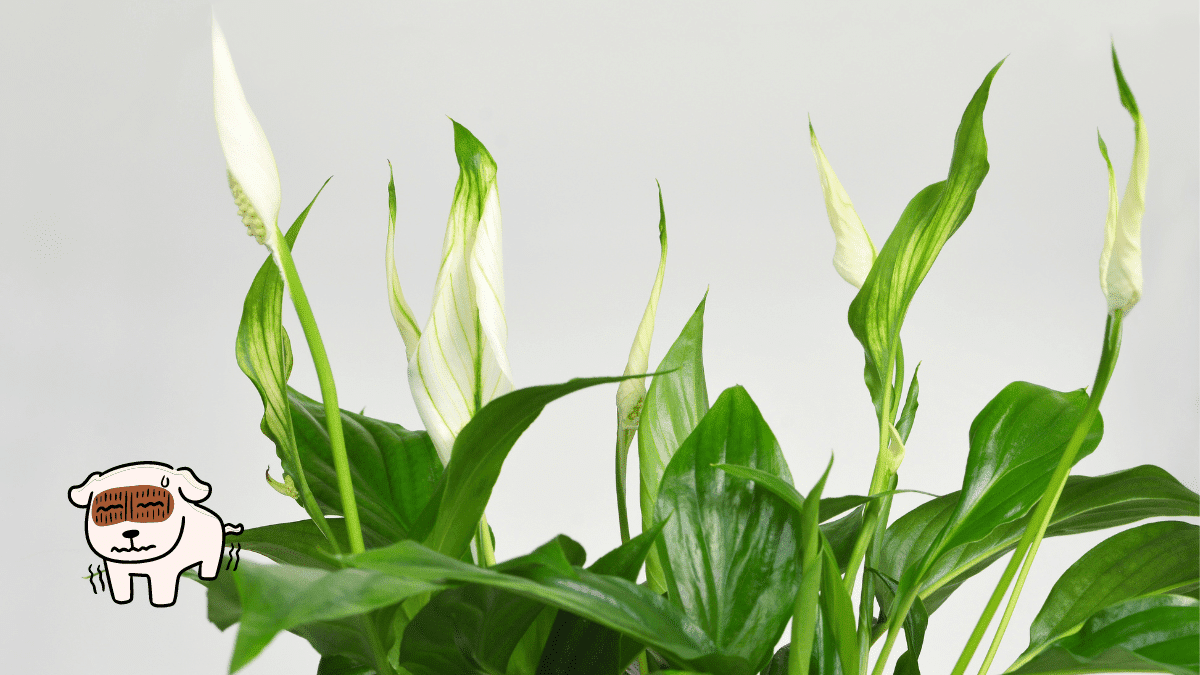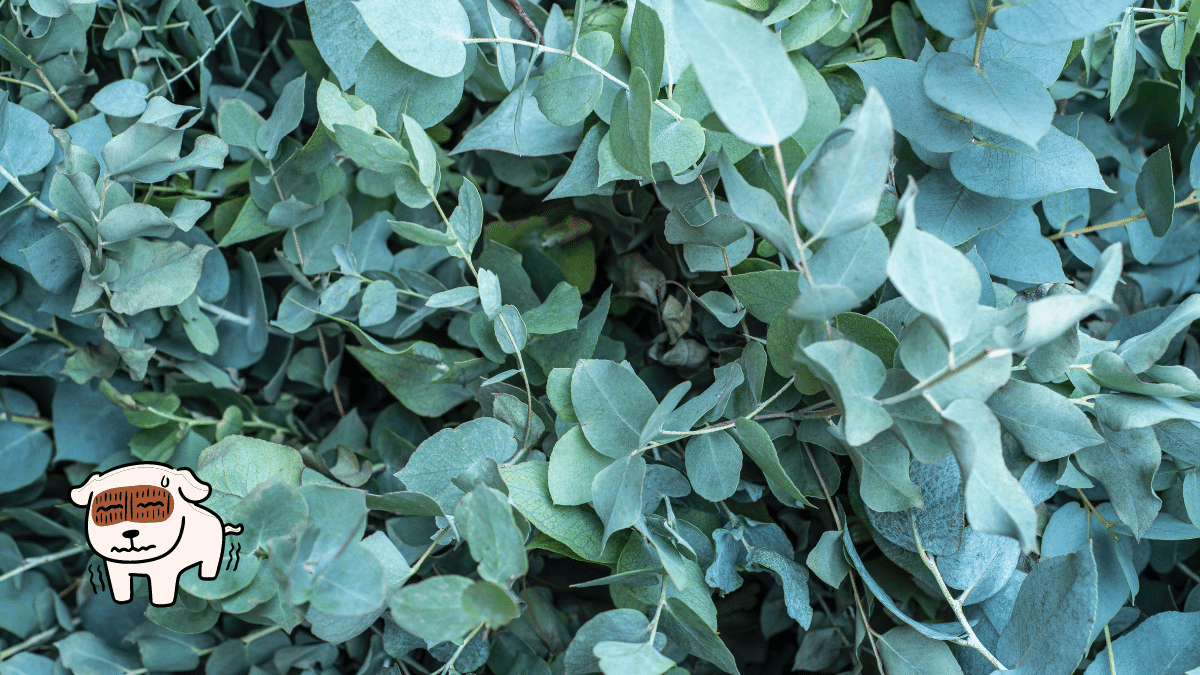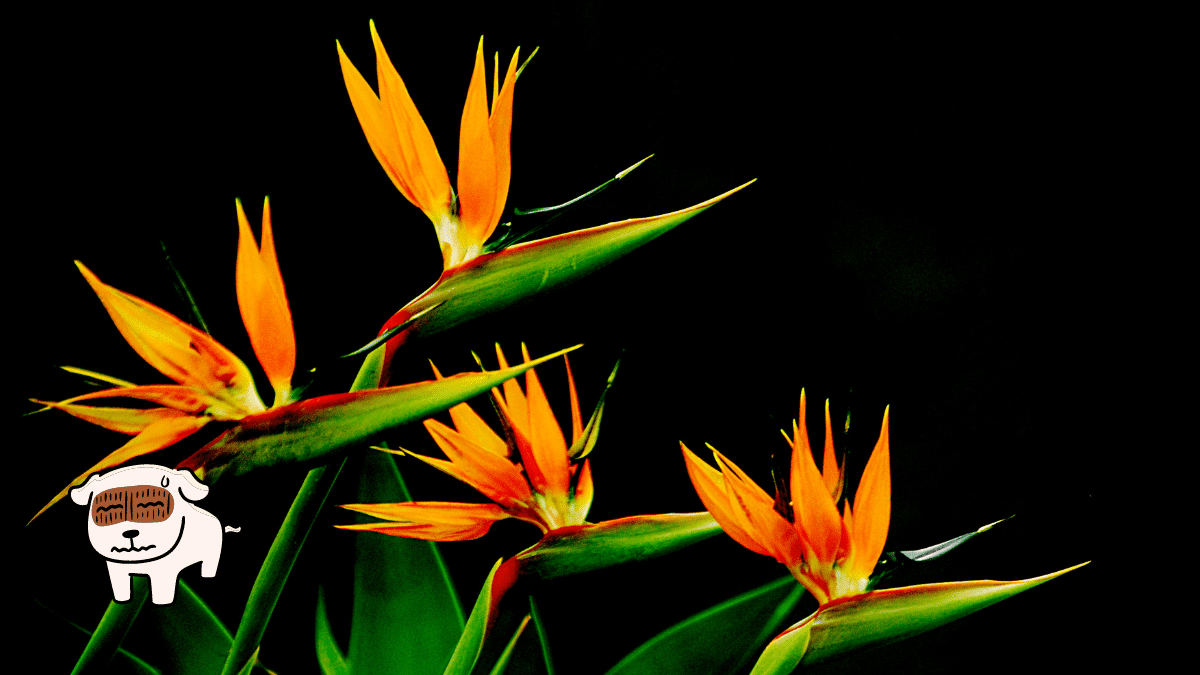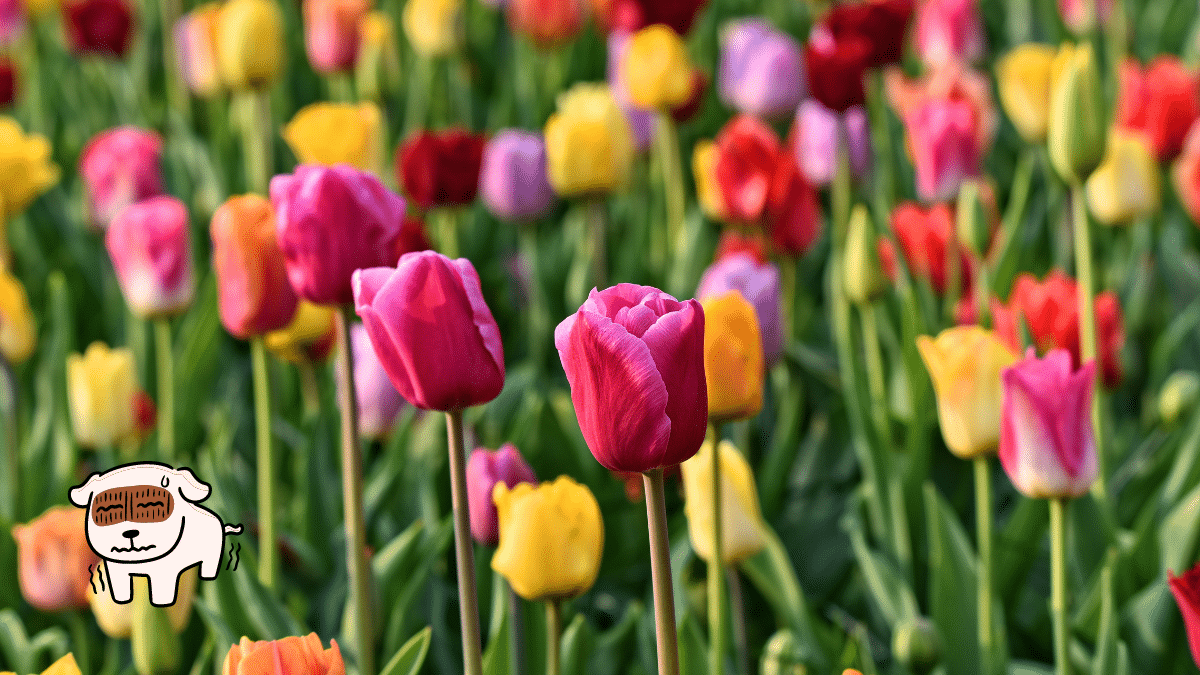I was today years old when I discovered some of these plants are extremely poisonous to my dogs, and I’m sure there are a handful of these that will surprise you as well. While plants can bring out the beauty of your home and garden, some in this list can be harmful—even deadly—to your best friend. Here are 15 poisonous plants for dogs you should be cautious and far away from:
15. Hyacinth Flower
Hyacinths are known for their vibrant blooms, but they can also cause intense gastrointestinal disturbances in dogs. Symptoms such as vomiting, diarrhea, and tremors can occur if your dog eats this plant. The bulbs are even more dangerous, so be careful during gardening activities.
14. Autumn Crocus Flower
Autumn Crocus blooms beautifully in the fall, but it contains something called “colchicine” and other alkaloids. These substances can cause severe vomiting, diarrhea, organ damage, and bone marrow suppression in dogs. If ingestion is suspected, take your pup to the vet ASAP.
13. Azalea Flower
Azaleas are beautiful flowering shrubs, but they contain grayanotoxins, which can cause serious health issues in dogs, even in small amounts. Symptoms include vomiting, diarrhea, drooling, weakness, and, in severe cases, coma or death. It’s crucial to seek veterinary help immediately if ingested.
12. Sago Palm Plant
The Sago Palm is one of the most dangerous plants for dogs. All parts of this plant, especially the seeds, contain cycasin—a toxin that can cause severe liver damage. Symptoms include vomiting, diarrhea, lethargy, and, in severe cases, seizures and liver failure. Be extremely cautious around this plant because it is very common to come across.
11. Aloe Vera Plant
Aloe Vera, popular for its medicinal uses in humans, can be very toxic to dogs. The anthraquinone glycosides in the plant can cause vomiting and diarrhea if ingested. While Aloe Vera gel can be used topically for minor abrasions, dogs should not chew on the plant itself.
10. Oleander Flower
Oleander is a common plant in warm climates, but it’s extremely toxic. The plant contains cardiac glycosides, which can cause drooling, diarrhea, abdominal pain, and even death if ingested. All parts of the Oleander are poisonous, so it’s safest to avoid planting this shrub in areas accessible to pets.
9. Rhododendron Flower
Rhododendrons can cause severe reactions in dogs, including vomiting, diarrhea, depression, and even death due to grayantoxin.
8. Jade Plant
Jade plants can cause vomiting, a slow heart rate, and depression if ingested by dogs. This common houseplant should be kept out of reach.
7. Daffodil Flower
Daffodils are popular spring flowers, but they contain lycorine, an alkaloid that can cause vomiting, diarrhea, and abdominal pain in dogs. In severe cases, ingestion can lead to convulsions and cardiac issues. The bulbs are particularly toxic, so be cautious when planting them.
6. Peace Lily Flower
Peace Lilies are known for their elegant appearance, but they contain insoluble calcium oxalates. Ingesting this plant can cause intense oral irritation, drooling, and difficulty swallowing. Seek veterinary help immediately if your dog shows these symptoms
5. Yew Tree
Yew shrubs contain taxine, which can cause seizures, muscle tremors, and sudden cardiac failure if eaten by dogs.
4. Eucalyptus Plant
While Eucalyptus is often used for its aromatic qualities, it can be harmful to dogs. Ingesting Eucalyptus can cause gastrointestinal distress, including vomiting and diarrhea. Other symptoms include weakness and depression, so keep these plants out of reach.
3. Birds of Paradise Flower
The Bird of Paradise plant is known for its beautiful bird-like appearance, but it poses a huge threat to dogs. If ingested, this plant can cause nausea, vomiting, and drowsiness. Symptoms typically appear within 20 minutes of ingestion, so quick action is required.
2. Ivy Plant
Ivy plants can add a classic touch to your home and garden, but many varieties contain triterpenoid saponins and polyacetylene compounds. These toxins can cause excessive drooling, vomiting, diarrhea, and abdominal pain in dogs. Always keep these plants out of reach.
1. Tulips
Tulips can cause oral irritation, nausea, and excessive drooling if a dog eats the bulb. Fortunately this flower isn’t as harmful as some of the other plants and flowers on the list, but because the tulip is one of the most common flowers we’ve chosen this to be our number one option.


